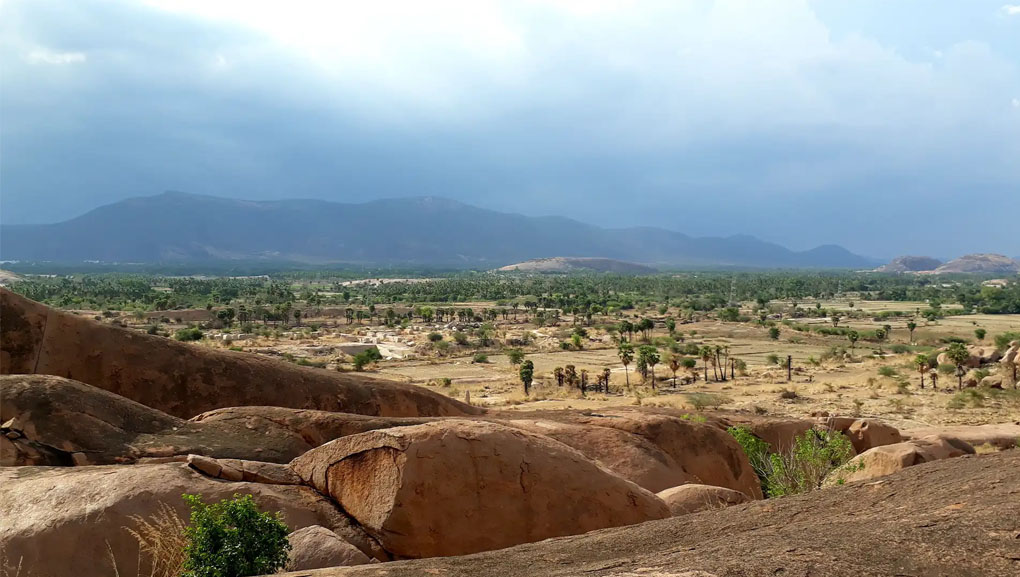

Shri K J Praveenkumar, I.A.S.
Chairperson, DMFT / District Collector, Madurai
Madurai is the second largest city by area in Tamilnadu after Chennai and it is the 25th populated city in India. Madurai, also called by different names like "City of Jasmine" (Malligai maanagar),"Temple City" (Koil maanagar), "City that never sleeps" (Thoonga nagaram) and "City of four junctions" (Naanmada koodal) is surrounded by several mountains. The Madurai city has 3 hills as its city boundary.
Read MoreArittapatti, a cluster of seven hillocks near Melur in Madurai district which is home to rare birds including 20 species of birds of prey, raptors and a variety of flora and fauna, is likely to be declared a bioheritage site. A member of Tamil Nadu Biodiversity Board said the process has been initiated for the declaration.
The Samanar Hills are located west of Madurai, near the junction of Indian highways NH44 and NH85. The rocky hills begin around the village Kilkuyilkudi and stretch in an easterly direction towards south Madurai. Different parts of these rocky hills are called by different names and are home to a range of monuments dating between 2nd-century BCE and 12th-century CE. The south side of the extreme western end of this rocky hillocks is called the Samanar hills, and these containing a number of Samanar and Hindu monuments. The eastern parts of the same rocky hillocks include other important sites such as the Kanjamalai with the Thiruparankundram Jain cave and Hindu monuments (Umai Andar), the major rock cut Subramaniya Swamy temple (Kandan) and the 17th to 18th-century Islamic dargah for Sikandar Shah – the last Sultan of the Madurai Sultanate (1372–1377 CE). The Samanar hills contain many Jain and some Hindu monuments and inscriptions at several levels.
Copyright 2025 © DMFT Madurai. All Rights Reserved.